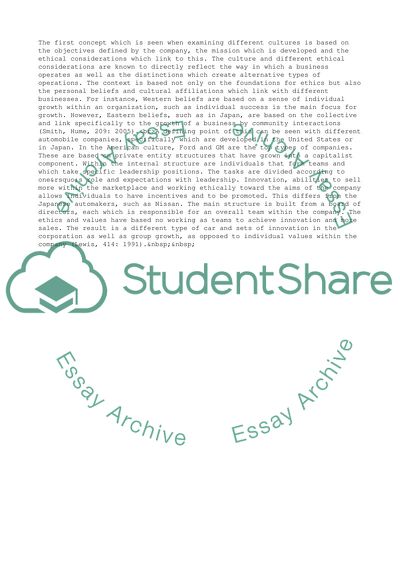Cite this document
(“Corporate Structure and Culture - Comparison of Organizational Culture Essay”, n.d.)
Corporate Structure and Culture - Comparison of Organizational Culture Essay. Retrieved from https://studentshare.org/management/1746501-organisation-and-behavior
Corporate Structure and Culture - Comparison of Organizational Culture Essay. Retrieved from https://studentshare.org/management/1746501-organisation-and-behavior
(Corporate Structure and Culture - Comparison of Organizational Culture Essay)
Corporate Structure and Culture - Comparison of Organizational Culture Essay. https://studentshare.org/management/1746501-organisation-and-behavior.
Corporate Structure and Culture - Comparison of Organizational Culture Essay. https://studentshare.org/management/1746501-organisation-and-behavior.
“Corporate Structure and Culture - Comparison of Organizational Culture Essay”, n.d. https://studentshare.org/management/1746501-organisation-and-behavior.


